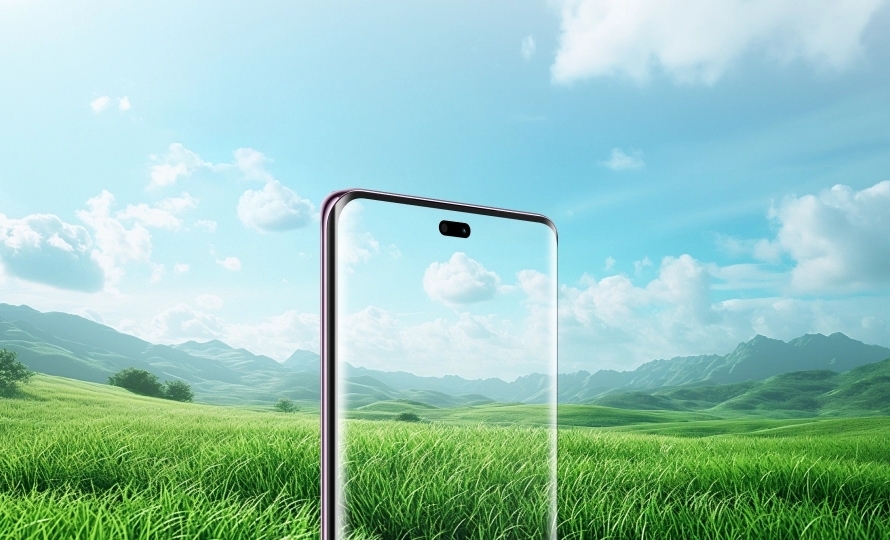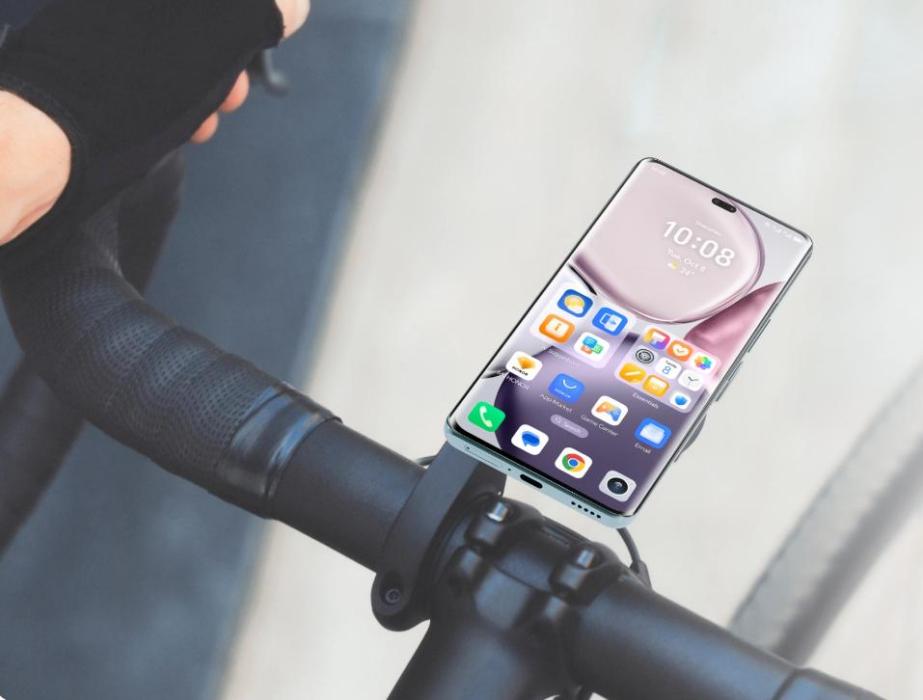Automatic color adjustment is crucial for maintaining optimal visual experiences across various devices. This technology ensures that the colors displayed on screens appear accurate, regardless of lighting conditions. Automatic color adjustment adapts to different levels of ambient light, which means devices can offer consistent colors whether you’re outdoors or indoors. It’s particularly significant for those who rely on their screens for professional work, entertainment, or communication. Moreover, with the ever-increasing use of digital screens, ensuring optimal color fidelity has become a necessity. This feature not only enhances the visual appeal but also contributes to better health, ease of use, and user satisfaction. Devices like the HONOR X9c exemplify the practical application of this technology, delivering superior display performance in any lighting environment.

The Science Behind Automatic Color Adjustment
Automatic color adjustment leverages sophisticated algorithms and sensors to adapt display settings in real time. Light sensors detect the ambient light level and the type of light surrounding the device. These sensors gather data, which is then analyzed by software to make necessary adjustments. The adjustment involves tweaking brightness, contrast, and color settings to ensure that the colors remain true to life. For example, under fluorescent lighting, screens may need to reduce the blue light intensity to match natural daylight scenarios. In darker environments, the same algorithms ensure that screens lower their brightness to prevent glare. Software capabilities often include predefined profiles for different conditions, which enable seamless transitions without noticeable delays. This real-time adaptation is key, as it ensures consistent color perception across a multitude of lighting environments.
Benefits of Automatic Color Adjustment
Enhanced Visual Comfort
Automatic color adjustment plays a pivotal role in enhancing visual comfort by harmonizing display colors with ambient environments. Adjusting color settings based on surrounding lighting helps prevent eye discomfort commonly associated with prolonged screen exposure. Bright, harsh lights can cause glare, while dimmer conditions can make colors appear dull. With automatic adjustments, screens maintain a more natural and comfortable appearance. Users notice the reduction in strain on their eyes, even during extended periods of use. This is particularly beneficial in environments subject to frequent lighting changes, such as during the transition from daylight to evening indoors. As a result, the on-screen content remains easily consumable, enhancing overall viewing pleasure and reducing visual fatigue.
Improved Color Accuracy
Color accuracy is vital, especially for professionals in fields like graphic design, photography, and video production. Automatic color adjustment ensures that the colors displayed on screens are as true to reality as possible, regardless of the lighting conditions. This is achieved through careful calibration and dynamic adjustments that account for any discrepancies caused by ambient light. As a result, the hues, saturation, and tones depicted are more precise, allowing for critical tasks to be conducted with confidence. When colors are accurate, users can trust that their work will appear consistent across multiple displays. This reliability is invaluable in a world where digital content often needs to be reproduced in different formats and settings.
Reduced Eye Strain and Fatigue
Prolonged use of screens in inconsistent lighting can lead to eye strain and fatigue. Automatic color adjustment mitigates this by maintaining optimal brightness and color balance. When a device reduces blue light in low-light conditions, for instance, it contributes significantly to reduced eye fatigue. The continuous alterations ensure that users don’t have to manually adjust their screen settings, allowing for a more relaxed and strain-free experience. By keeping glare and brightness at bay, users can enjoy longer sessions on their devices without the associated discomfort. Thus, automatic color adjustment is not just a convenience; it represents a meaningful leap towards better ergonomic practices in digital device usage.
Applications in Various Devices
Smartphones and Tablets
Smartphones and tablets heavily utilize automatic color adjustment to provide consistent viewing experiences. These devices, often used in varying lighting environments, from direct sunlight to dark rooms, benefit greatly from this technology. Light sensors incorporated into these devices detect changes in ambient light and promptly adjust display settings. This feature has become a selling point for manufacturers, emphasizing better readability and accurate visuals in marketing campaigns. It ensures that watching videos, browsing photos, or reading text remains comfortable and less fatiguing. Users rely on these adjustments to engage in diverse activities without the need for manual reconfiguration, thereby improving overall user satisfaction.

Computer Monitors and Laptops
Computer monitors and laptops employ automatic color adjustment to augment productivity and comfort. Professionals working long hours on their computers benefit from stable and correct color displays, which reduce eye strain. The technology allows these devices to dynamically adapt to artificial lighting and brightness levels in the workplace. By doing so, monitors maintain an ideal visual output, making activities like reading, designing, or coding more pleasurable. Additionally, in environments where natural and artificial light fluctuates, such as shared workspaces or homes, the automatic adjustment ensures that users are not required to adjust settings continually. This convenience makes workspaces more efficient and ergonomically friendly.
Cameras and Photography Equipment
For cameras and photography equipment, automatic color adjustment is critical in capturing true-to-life images. These devices automatically adjust their settings to the changing light conditions, ensuring that photographs and videos maintain color accuracy. This feature is indispensable for photographers who work in environments where lighting constantly changes, like outdoor shoots. Adjusting to the light spectrum and intensity, cameras optimize images to reflect the scene’s actual colors. This allows photographers to focus on composition and creativity without worrying about manual adjustments for color correction, thus improving workflow efficiency and resulting in higher-quality images that require minimal post-processing.
Challenges and Considerations
Despite its benefits, implementing automatic color adjustment faces technical challenges. Accurately reading and responding to ambient light conditions requires advanced sensors and adept software algorithms. These components can increase production costs, impacting device pricing. Additionally, not all light sources affect displays the same way; some artificial lights may distort colors more than others. Therefore, achieving uniform results across various environments can be complex. User preferences also vary, with some finding automatic adjustments either too bright or too dim. To address this, manufacturers often provide manual override options, giving users control. Balancing automation with customization remains an ongoing challenge that requires continued innovation and development.
Conclusion
Incorporating automatic color adjustment in digital devices significantly enhances user experience by improving visual comfort and color accuracy while reducing eye strain. This technology adapts swiftly to environmental changes, ensuring consistent display quality. Despite challenges in implementation, its benefits in numerous devices, such as smartphones, computers, and cameras, highlight its importance. As technology advances, refining these features will remain pivotal. By prioritizing user health and satisfaction, automatic color adjustment not only makes digital interaction more enjoyable but also sets a standard for ergonomic and innovative tech design. The future of displays will undoubtedly continue to embrace and expand these capabilities for a better user experience overall.